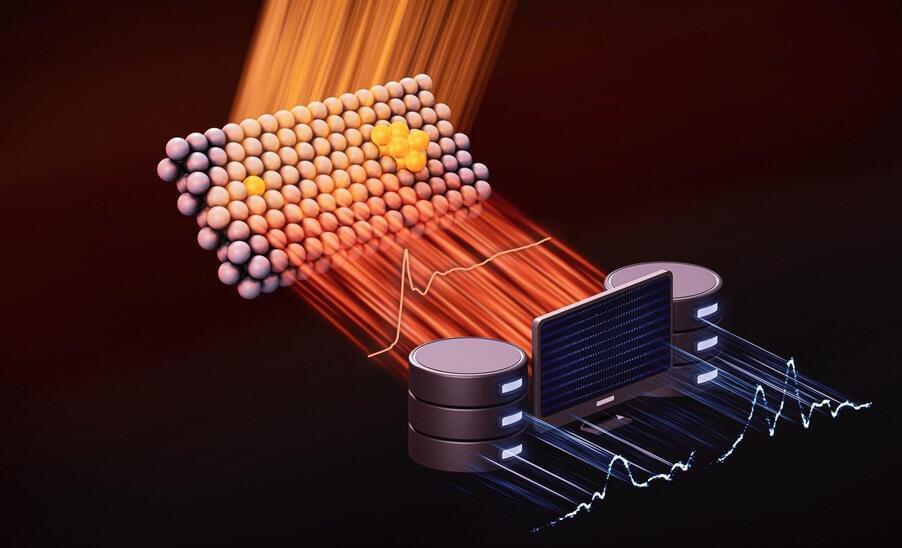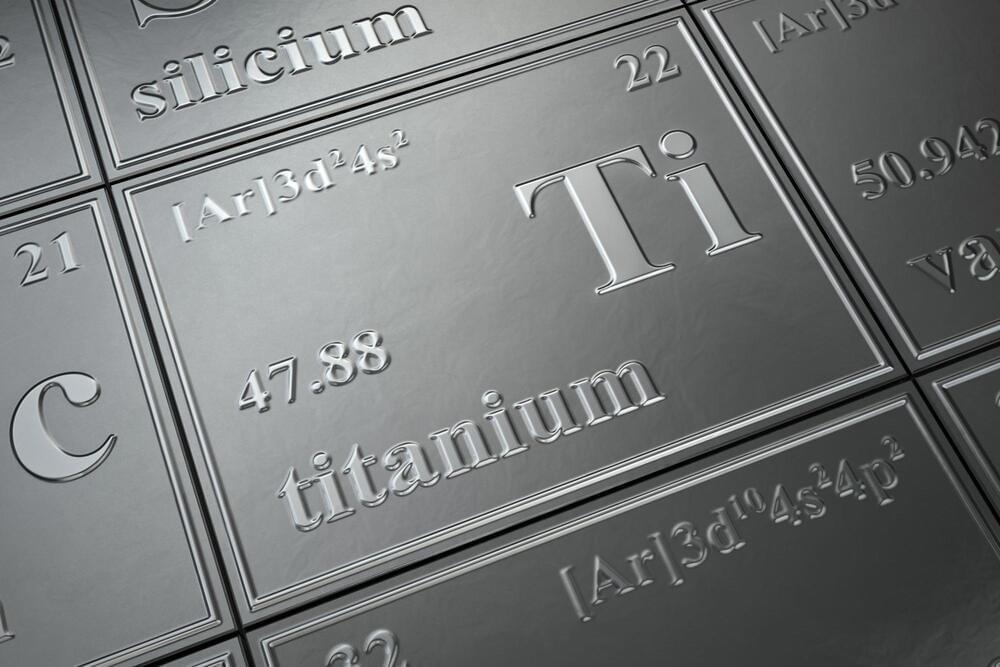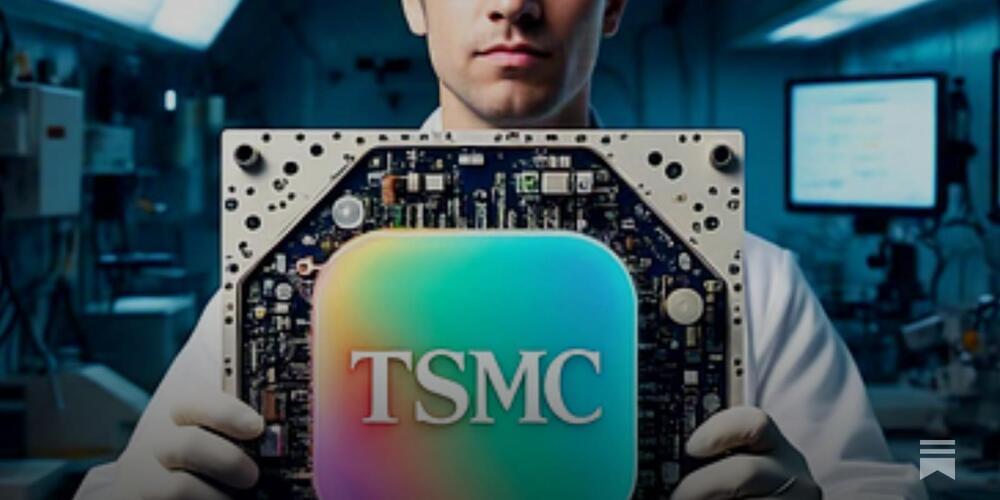DNA that can repair DNA similar to Digital Error Correction!
This could make human live longer!
Before the researchers sequenced the Greenland shark’s genome, only about 10 genomes were available for all elasmobranchs — a subclass of fish including sharks, rays and skates — said Dr. Nicole Phillips, an associate professor of ecology and organismal biology at the University of Southern Mississippi in Hattiesburg. Phillips was not involved in the research conducted by Hoffman, Sahm and their team.
“The more high-quality genomes that are sequenced, the better we can understand the genetic underpinnings of shared as well as unique traits of this ancient group,” Phillips said in an email. “Identification of the genetic basis of lifespans across different species, including long-lived sharks, allows researchers to understand the biology of aging and longevity.”
Because of the sharks’ preference for deep waters, historically most information on the Greenland shark came from commercial fishing records. In the past decade, researchers have increasingly used video, including remotely operated vehicles and baited cameras, as well as observations in captured specimens to research the elusive shark.





